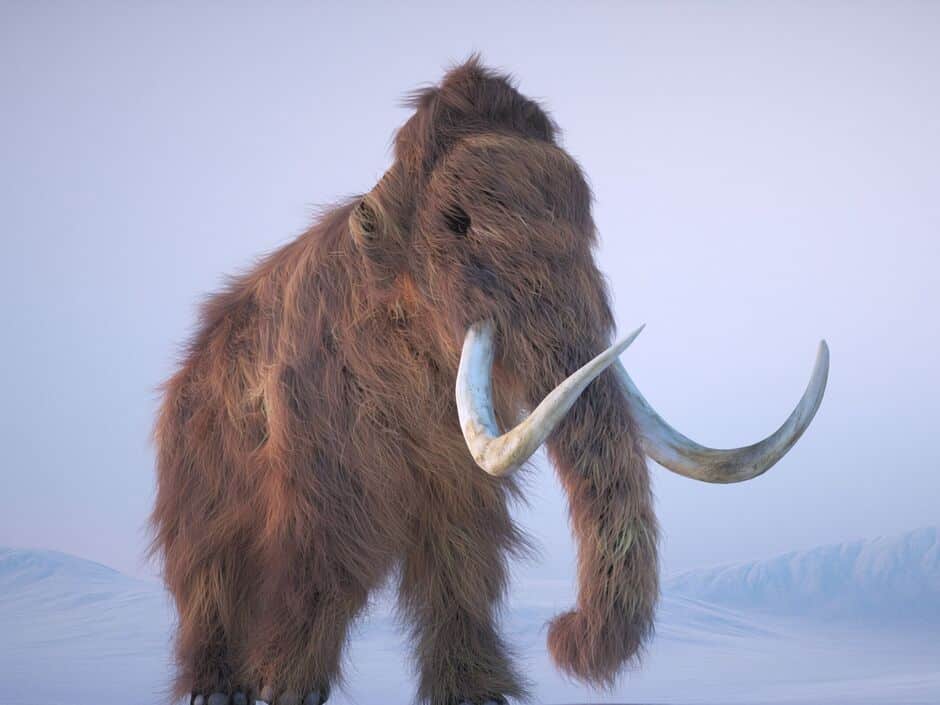
For the first time ever, researchers have successfully extracted viable RNA from the remains of a woolly mammoth, challenging long-held assumptions about RNA degradation after death. The study, published Friday in the journal Cell, focused on a juvenile mammoth named Yuka, whose remains were preserved in Siberian permafrost.
RNA, or ribonucleic acid, typically breaks down within minutes outside living cells. «It’s so amazingly surprising to find RNA that is 40,000 years old,» said Marc Friedlander, computational biologist and lead author of the study. Scientists believe Yuka, a female mammoth, died around 40,000 years ago, but the permafrost effectively froze cellular processes in time.
The team also analyzed RNA from several other mammoth specimens, with three samples proving usable. The extraction allows scientists to study biological processes occurring in the mammoth’s cells at the time of death, providing unprecedented insight into the physiology of these extinct animals.
Stockholm University paleontologist Love Dalen called the project «high-risk» but noted the results could transform how researchers study ancient life. Yuka’s remains even showed wound marks on the hindquarters, suggesting a possible encounter with cave lions either before or shortly after death.













